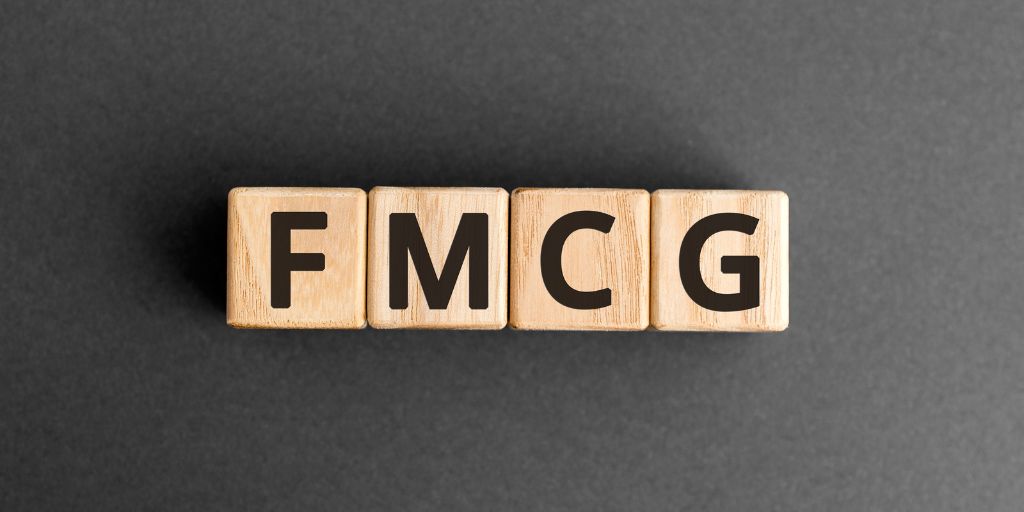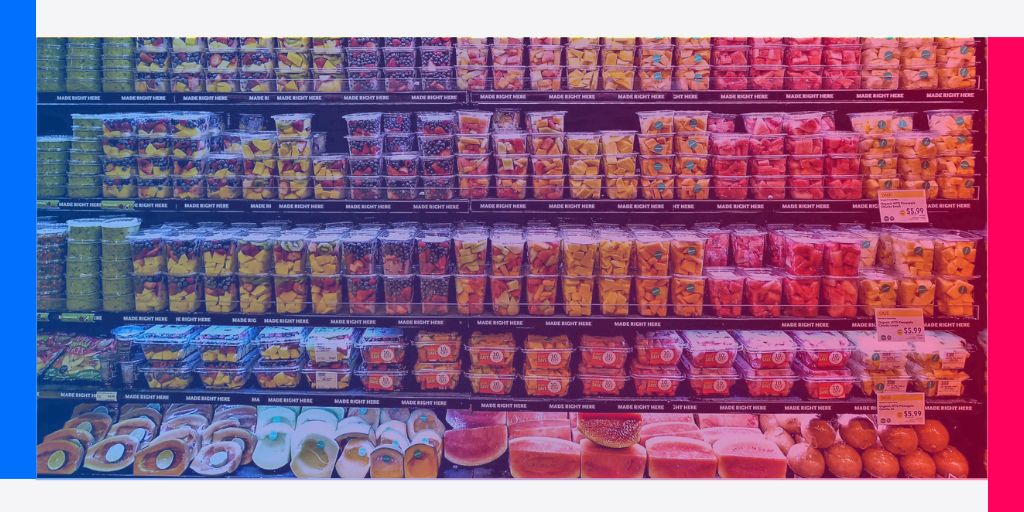
What are FMCGs? How do you price them?
08/22/2023 - Pricing strategy
The acronym FMCG refers to Fast Moving Consumer Goods — low-cost products in high demand. These perishable goods sell quickly, and the vast majority of users need to purchase them in their everyday life. This category includes food, drinks and hygiene products used on a daily basis. FMCGs are a subgroup of CPGs (Consumer Packaged Goods). As these goods are in high demand and are fast-moving, consumers are used to always paying the same prices. Therefore, entering this market with the right pricing strategy is crucial. We explain the most effective strategies.
Effective FMCG pricing strategies
FMCGs must be low-priced and aimed at large sectors of the population. You can apply one of the pricing strategies that has proven to be most effective in other highly competitive markets or employ a combination of them.
- Competitor-based pricing: Analyze and monitor competitors’ prices to draw relevant conclusions about users’ willingness to pay. This will help you ascertain the price ranges your prices need to fall into, while ensuring direct and indirect costs are covered.
- Value-based pricing: This pricing strategy involves ascertaining the attributes that make an FMCG product unique to consumers when compared to competitors. To calculate these prices, analyze the features or benefits that users are willing to pay for, and the amount they are willing to pay.
- Penetration pricing: Prices that are initially lower than competitors’ prices on new products. The aim is to ensure you penetrate the market easily and effectively and quickly increase demand. This will only be possible in low-cost consumer goods and, typically, for a limited time.
- Promotional prices: Prices are reduced with offers and discounts applied on an ad-hoc basis. For FMCGs, the most popular are the 3for2 type offers — the greater the volume of purchase, the lower the price. Apply this strategy to selected products to boost demand.

Exceptional situations: Inflation and FMCG price wars
Although logic suggests that a price drop always leads to an increase in demand and vice versa, there are contexts in which it is not advisable.
One of the risks of a market as fast-moving and competitive as Fast Moving Consumer Goods is that a price war can start with competitors when prices go into free-fall. This can ultimately lead to an unsustainable situation for both the seller and the customer. Prices that are really low from the outset can cause users to question the products’ quality and seek alternatives. Likewise, in the medium and long term, companies that cannot maintain a price war will disappear from the market, limiting the product range available.
Something similar occurs during inflation. To combat it, experts recommend that sellers remain competitive rather than raising prices exorbitantly, as this reduces demand and can affect the brand image.
Dynamic pricing based on Big Data
Dynamic pricing can help you achieve this delicate balance and adapt your FMCG pricing strategy to changes in the market. Dynamic pricing has proven to be an effective tool to adapt prices to supply and demand without losing profitability. The latest software is based on Big Data and Artificial Intelligence. It analyzes hundreds of proprietary and competitors’ data and recommends the most appropriate prices for each target market.
Category: Pricing strategy
